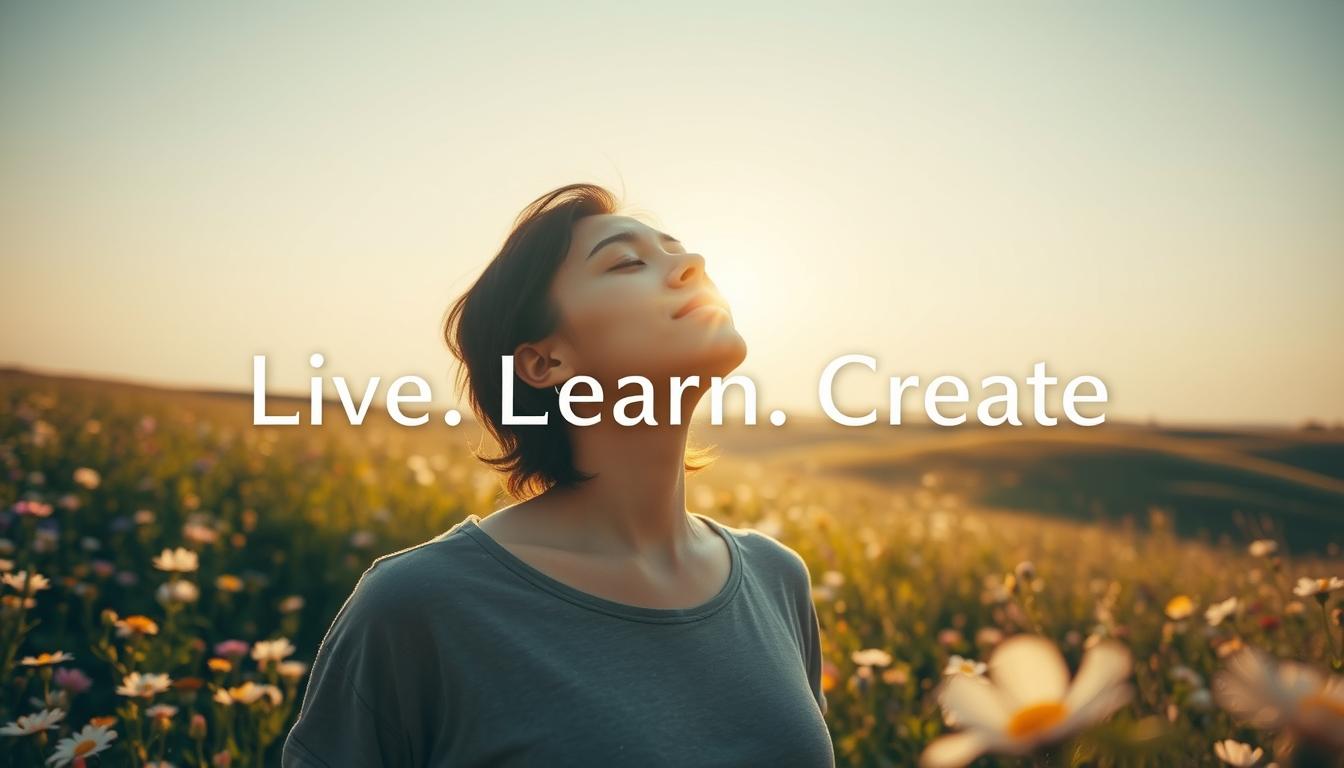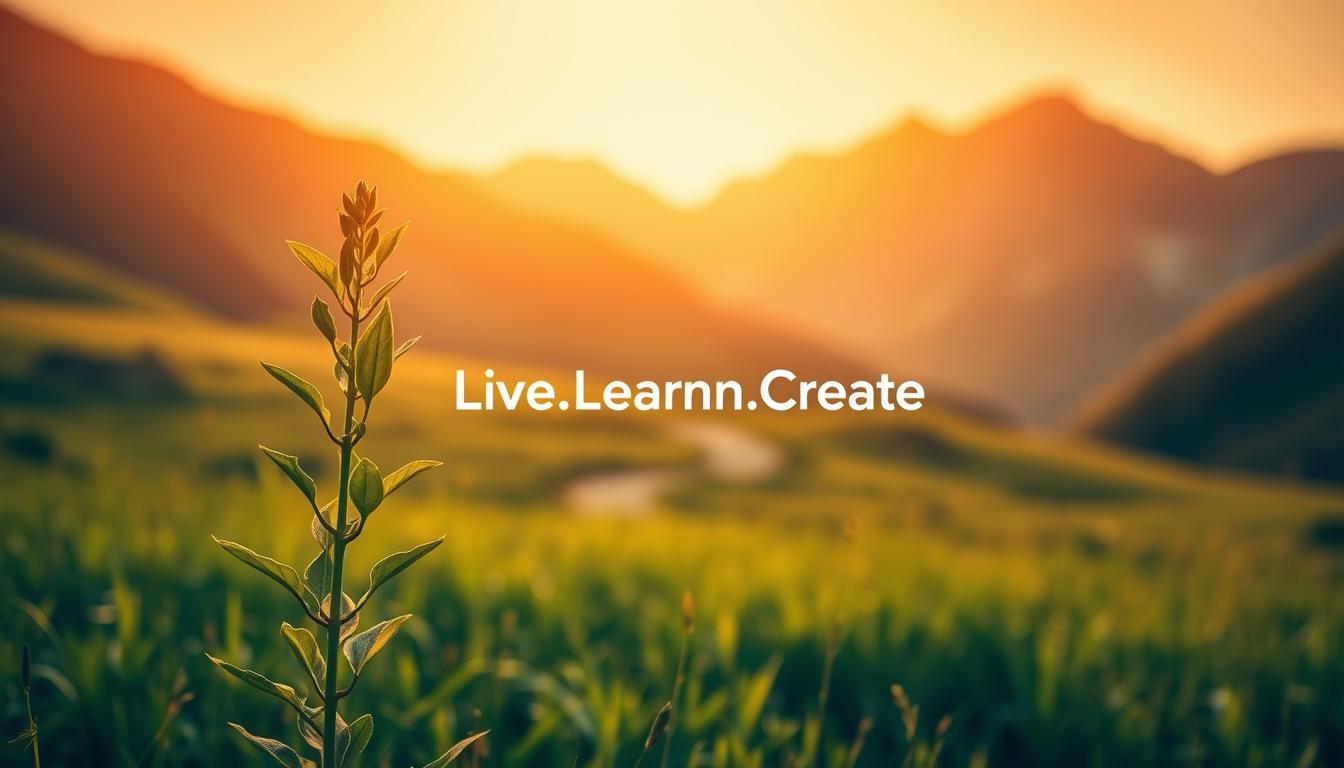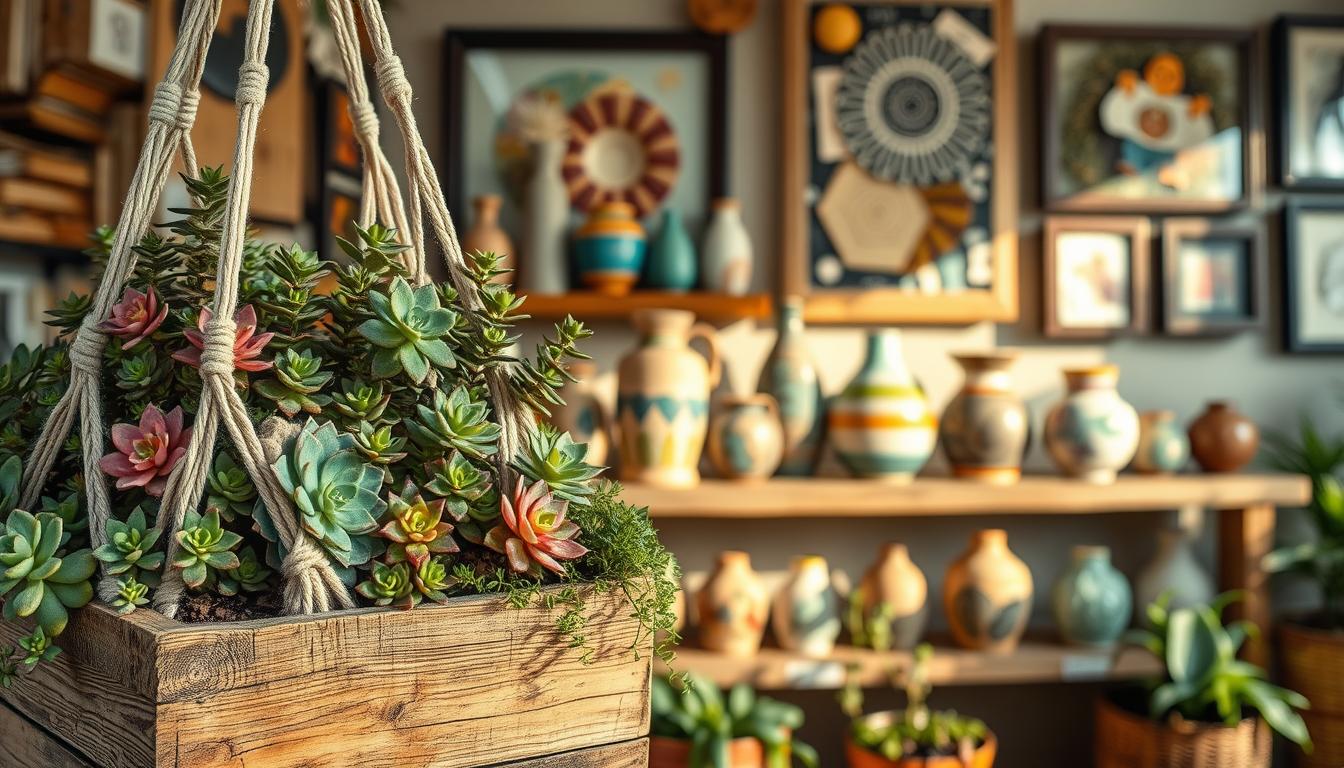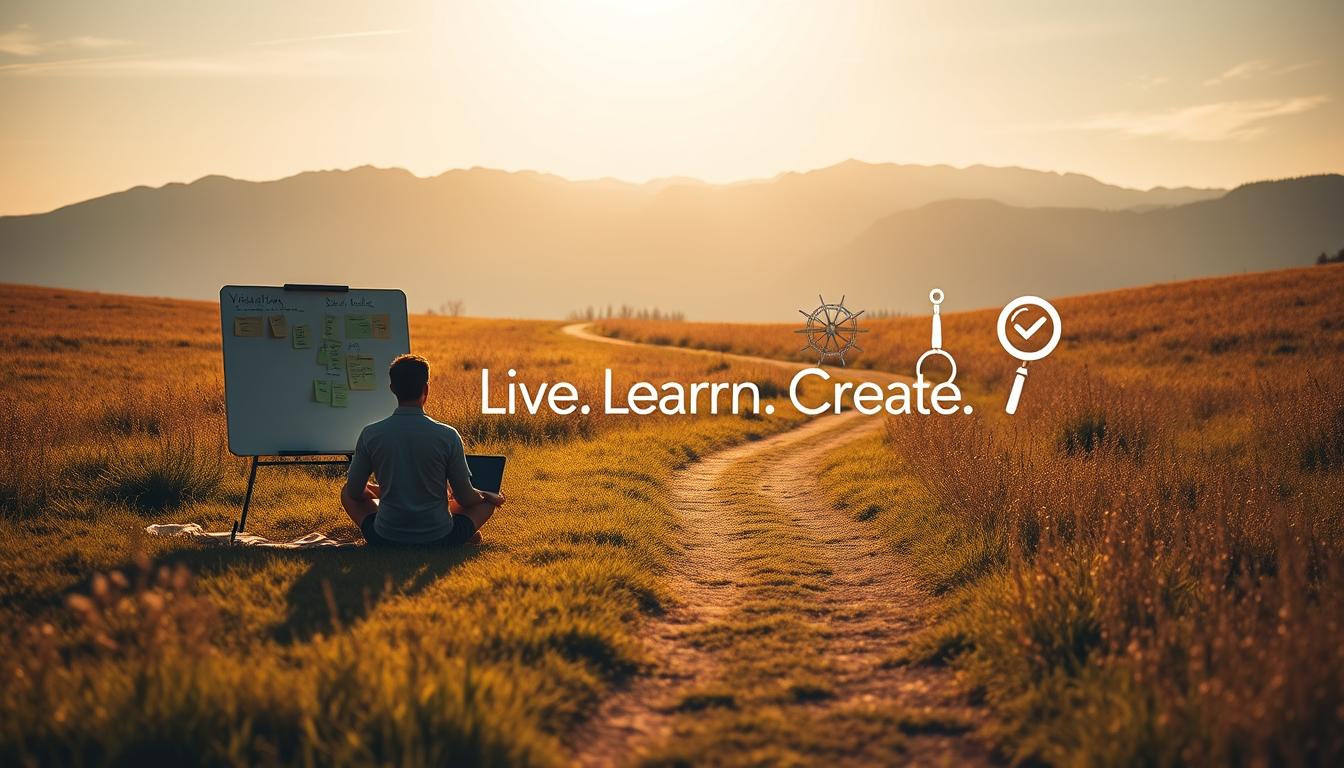Have you ever felt stuck in life, unsure of how to unlock your full potential? Many of us reach a point where we crave change but don’t know where to begin. Growth isn’t about perfection—it’s about progress.
When I was in my early 30s, I realized I’d become complacent. Days blurred together, and I knew I needed a shift. That’s when I discovered personal development isn’t just about big leaps—it’s small, consistent steps forward.
This journey requires courage to step beyond comfort zones while practicing self-compassion. As Ralph Waldo Emerson said, “Life is an experiment.” Each day offers new chances to learn and evolve.
Feeling overwhelmed is normal, especially at the start. That’s why we’ll explore practical strategies and mindset shifts across five key areas: physical, emotional, mental, social, and spiritual development.
Key Takeaways
- Growth is a continuous journey, not a destination
- Small, consistent actions create lasting change
- Stepping outside comfort zones accelerates development
- Self-compassion is essential during challenges
- Progress happens across multiple life areas
What Is PERSONAL GROWTH? Defining Your Path
Ever wondered why some people thrive while others stay stuck? The difference often lies in understanding personal growth—a journey of evolving into your best self. Unlike fleeting changes, it’s about lasting transformation.
Personal Growth vs. Personal Development: Key Differences
Danielle Vann, a life coach with 15 years of experience, explains: “Development is the toolbox—growth is the house you build with it.” Here’s how they compare:
| Personal Development | Personal Growth |
|---|---|
| Actions (e.g., reading, courses) | Outcomes (e.g., confidence, resilience) |
| Short-term habits | Long-term evolution |
| External tools | Internal shifts |
Think of it like fitness: workouts are development; increased strength is growth. Tami B.’s rock analogy fits perfectly—you choose whether to climb or stay at the base.
Why Growth Is a Lifelong Journey
Holly B., a mindfulness teacher, reminds us: “Growth isn’t about fixing flaws—it’s embracing the process.” Like seasons, we cycle through phases of learning and renewal.
Neuroscience backs this. Our brains rewire with every new life experience. That’s why midlife stagnation (the “pinnacle at 35” myth) is avoidable. Keep stepping into your growth zone.
Signs you’re growing? Better decisions, deeper relationships, and a quiet confidence—proof you’re unlocking your full potential.
The Transformative Benefits of Personal Growth
What if every challenge you faced became fuel for becoming your best self? The rewards of intentional growth ripple across every area of life—from sharper minds to richer connections. Let’s explore how small changes create lasting impact.

Improved Mental and Emotional Well-Being
Research shows growth practices like mindfulness reduce cortisol levels by 23%. Laura D., a therapist, shares: “My clients who journal daily report 40% less anxiety within weeks.” It’s not about eliminating stress—it’s building resilience.
Consider these mental shifts:
- Clarity: Better decisions emerge when you understand your core values.
- Balance: Udemy courses on emotional intelligence teach actionable coping tools.
- Joy: Neuroplasticity means happiness becomes a skill with practice.
Stronger Relationships and Self-Awareness
Growth shines brightest in how we connect. Jay’s story illustrates this: After coaching, he repaired a decade-old family rift by recognizing his communication strengths. Self-awareness turns conflicts into connection points.
| Before Growth | After Growth |
|---|---|
| Reacting defensively | Responding with curiosity |
| Seeking validation | Offering empathy |
| Surface-level talks | Vulnerable conversations |
Unlocking Your Full Potential
Barnes & Noble’s top-rated growth books reveal a pattern: Those who track progress accelerate career advancements. Carmen’s students often land promotions by applying “success mindset” principles—proof that potential expands with effort.
Your journey affects more than just you. One intentional step today can inspire a colleague, heal a relationship, or redefine your purpose. Ready to begin?
Common Challenges and How to Overcome Them
What if the biggest obstacles to your growth weren’t external, but the thoughts holding you back? Studies show 72% of people stall their progress because of internal resistance—not lack of resources. The good news? Every challenge is a chance to grow stronger.
Fear of Leaving Your Comfort Zone
Julie B., a therapist, compares comfort zones to cozy blankets: “They’re warm and safe—but you can’t run a marathon wrapped in one.” A 2023 survey found that 68% avoid risks due to fear of failure, even when change could improve their life.
Try these gentle comfort zone expansions:
- Start small: Speak up in one meeting or try a new hobby for 15 minutes daily.
- Reframe failure: As Thomas Edison said, “I’ve not failed. I’ve found 10,000 ways that won’t work.”
- Track progress: Udemy’s Confidence Building courses use micro-wins to build momentum.
Self-Doubt and Comparison Traps
Amy W., a social psychologist, notes: “Scrolling feeds makes us compare our behind-the-scenes to others’ highlight reels.” This fuels self-doubt—but you can break the cycle.
| Comparison Trap | Growth Alternative |
|---|---|
| “They’re ahead of me” | “I’m on my unique path” |
| “I’m not good enough” | “I’m growing at my pace” |
| “What if I fail?” | “What if I learn?” |
Carmen’s Apple Books like Doubt to Power offer science-backed tools. Remember Holly B.’s mantra: “Effort trumps perfection every time.” Your journey isn’t about others—it’s about unlocking your potential, one brave step at a time.
Cultivating a Growth Mindset
What separates those who flourish from those who plateau often comes down to perspective. Stanford research shows our beliefs about learning shape our potential more than talent ever could. This isn’t about positive thinking—it’s practical neuroscience.
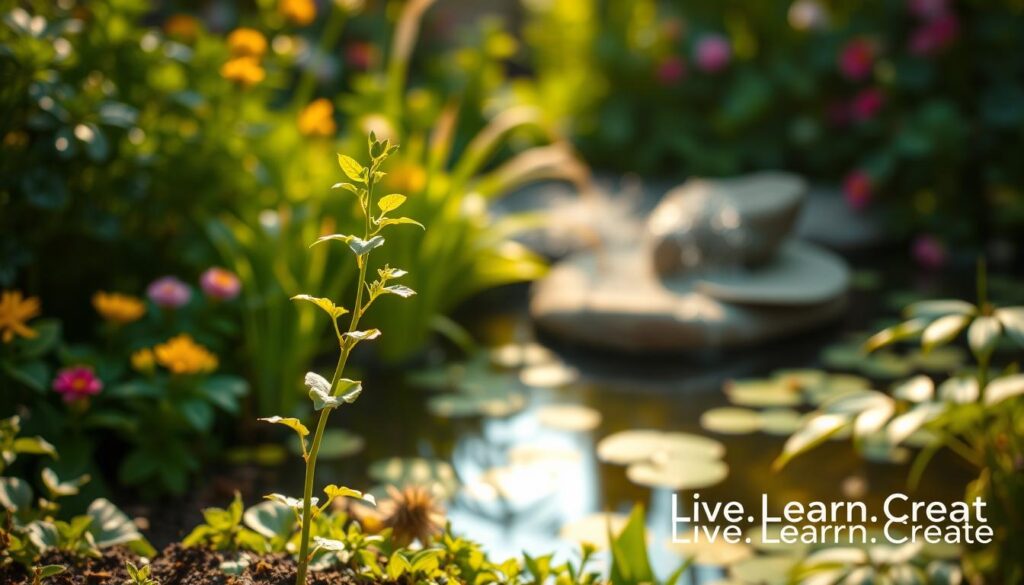
Embracing Failure as a Learning Tool
Jay’s coaching journey reveals the power of reframing. After his third failed business attempt, he nearly quit—until applying the “1% improvement rule”. Now he mentors others using Edison’s approach:
“I have not failed. I’ve just found 10,000 ways that won’t work.”
Try this mindset reset when facing setbacks:
- Replace “This is impossible” with “What’s one small step I can take?”
- Track lessons in a Barnes & Noble journal—not just outcomes
- Celebrate effort over results (Carmen’s Udemy students show 73% better retention this way)
The Power of Small, Consistent Steps
Neuroplasticity proves our brains reshape through every day practice—like muscles strengthening with micro-workouts. Eleanor Roosevelt captured this perfectly:
“You gain strength, courage, and confidence by every experience in which you stop to look fear in the face.”
Web Source 2’s “choice every hour” method works wonders:
| Fixed Mindset | Growth Mindset |
|---|---|
| “I’m not good at this” | “I’m improving with each try” |
| “This is too hard” | “This challenges me to grow” |
| “I’ll never get better” | “My effort builds my ability” |
Your life changes when you see challenges as invitations—not obstacles. That’s the true growth mindset magic.
Actionable Steps to Kickstart Your Journey
Ready to turn inspiration into action? Let’s map out your first steps. This isn’t about overhauling your life overnight—it’s building momentum through intentional, manageable steps. Whether you’re starting fresh or refining your path, these strategies adapt to your pace.
Setting SMART Goals for Personal Growth
Web Source 3’s 5-step planning process transforms vague aspirations into clear targets. A goal like “be happier” becomes measurable when you apply the SMART framework:
| SMART Element | Applied Example |
|---|---|
| Specific | “Practice gratitude daily” |
| Measurable | “Write 3 things I’m thankful for” |
| Achievable | “Use a notes app for quick entries” |
| Relevant | “Aligns with my value of mindfulness” |
| Time-bound | “Continue for 30 days, then reassess” |
Pair this with Carmen’s habit trackers from Apple Books. As Danielle Vann notes: “Active learning happens when planning meets reflection.”
Daily Habits to Foster Progress
Small every day actions create big shifts. Try these research-backed methods:
- Habit stacking: Attach new habits to existing ones—like journaling after brushing your teeth.
- Micro-learning: Spend 10 minutes with Udemy courses aligned to your goals.
- Support systems: Laura D. recommends accountability partners for 37% higher success rates.
Remember: Consistency beats intensity. Miss a day? Just restart—no guilt needed.
Tracking Your Growth Over Time
Progress becomes visible when you measure it. Web Source 2’s pyramid approach suggests:
- Weekly check-ins (5 minutes)
- Monthly reflections (20 minutes)
- Quarterly deep-dives (1 hour)
Celebrate growth markers—like handling stress better or making values-based decisions. Your journey is uniquely yours, and every step unlocks more potential.
Essential Resources for Your Toolkit
Great explorers never set out without proper gear—your growth journey deserves the same preparation. The right books, courses, and communities can turn challenges into breakthroughs. Let’s curate a toolkit tailored to your goals.

Carmen Galloway’s Books: Now on Barnes & Noble and Apple Books
Carmen Galloway’s books blend research with relatable stories. Her latest releases, available at Barnes & Noble and Apple Books, cover mindfulness and resilience. Perfect for beginners or those refining their life strategy.
| Title | Focus Area |
|---|---|
| Small Steps, Big Leaps | Habit formation |
| The Courage Experiment | Overcoming fear |
Carmen Galloway’s Courses: Explore Udemy Offerings
Her Udemy courses, with over 50,000 enrollments, specialize in development through actionable steps. Lifetime access lets you learn at your pace. Top picks include:
- 30-Day Mindset Reset: Daily exercises to rewire limiting beliefs.
- Emotional Intelligence Lab: Tools for deeper relationships.
Podcasts, Coaches, and Communities
Pair these with podcasts like The Growth Lab or local workshops. Jay’s coaching story shows the power of mentorship—look for coaches who emphasize strengths, not just fixes.
Free resources? Try journaling apps or TED Talks. Remember, your potential expands when you mix the right tools with consistent action.
Inspiring Stories of Personal Transformation
Real change becomes tangible when we witness others rewriting their life stories. These journeys remind us that growth isn’t reserved for the extraordinary—it’s available to anyone willing to take the first step.
Real-Life Examples of Growth in Action
Danielle Vann’s credential journey (Web Source 1) shows how small steps compound. After facing rejection from three certification programs, she adopted a “learn one, teach one” approach—mastering concepts by teaching others. Within two years, she built a coaching practice helping 200+ clients.
Jay’s career shift (Web Source 3) illustrates courage. Leaving his stable corporate job at 42, he embraced digital nomadism. His secret? “I treated fear as data—not destiny.” Now he helps others navigate career transitions through Udemy courses.
Consider this corporate leader’s reinvention:
| Before | After |
|---|---|
| 80-hour work weeks | Wellness coaching business |
| Chronic stress | Mindfulness retreats |
| Performance metrics | Purpose-driven work |
Lessons from Those Who’ve Walked the Path
Tami B.’s rock analogy takes shape here. One client spent years at the “base” of self-doubt before climbing toward confidence through parenting challenges. As she noted: “Growth happens when we choose the climb over the comfort of flat ground.”
Key patterns emerge across stories:
- Strengths often hide in perceived weaknesses (a perfectionist’s attention to detail becomes an asset)
- Late-life reinventions prove it’s never too late—Web Source 2 highlights a 68-year-old’s coding bootcamp success
- Crises accelerate change, but gradual progress creates lasting results
Your journey matters too. Like these people, you have untapped potential waiting to unfold—one brave choice at a time.
Conclusion: Your Journey Starts Today
Every great journey begins with a single, courageous decision. As Howard Thurman said, “Don’t ask what the world needs. Ask what makes you come alive.” That spark within you? It’s ready to ignite.
Feeling unsure is normal. Growth happens outside comfort zones. Start small with Carmen’s 30-day challenges—journal one thought daily or try one new mindset tool from her Udemy courses.
Future you will thank today’s choice. Avoid the “I wish I had…” by taking action now. Download our checklist or join our community for support. Your potential waits in the steps you’ll take this week.
Like Danielle’s client who transformed anxiety into art, your life can shift too. Cheers to your growth—may it surprise and delight you.
Ready? Grab a pen: What one step aligns with your purpose today? Which resource will fuel your goals? The path of development begins here.
Explore a range of resources designed to enhance your creative skills. Whether you’re looking for inspiration or structured guidance, Carmen Galloway’s works provide valuable insights into the creative process.
Join interactive courses that challenge you to think differently and expand your creative horizons. Each course is crafted to help you develop a robust creative mindset.
FAQ
What’s the difference between personal growth and personal development?
While both focus on self-improvement, personal growth is about evolving your mindset and emotional well-being, whereas development often targets skills and measurable achievements. Growth is internal; development is external.
Why is stepping out of my comfort zone important?
Staying comfortable limits progress. Challenging yourself builds resilience, expands your abilities, and helps you discover strengths you never knew you had. Small risks lead to big rewards.
How can I overcome self-doubt when starting this journey?
Replace negative thoughts with evidence of past successes. Focus on progress, not perfection. Surround yourself with supportive people who believe in your potential.
What’s the best way to set goals for meaningful change?
Use the SMART framework—Specific, Measurable, Achievable, Relevant, and Time-bound. Break big dreams into tiny steps. Celebrate each win to stay motivated.
Where can I find trusted resources to guide my transformation?
Carmen Galloway’s books on Barnes & Noble and Apple Books offer practical wisdom. Her Udemy courses provide structured learning. Podcasts and communities add ongoing support.
How do I track progress without feeling overwhelmed?
Journal reflections, milestone check-ins, and gratitude lists help. Measure how far you’ve come—not just how far you have left to go. Growth isn’t linear.
Transform your home into a more peaceful and mindful sanctuary. Creating a Zen-inspired home environment is a core part of the “Live.Learn.Create” theme, focusing on peace, mindfulness, and a clutter-free space. Here is a curated list of Zen home items.
The Zen Essentials
These items are the building blocks of a calm, intentional living space.
- Candles & Scents:
- Scented Candles: Look for calming, natural scents like sandalwood, lavender, white tea, or bergamot. Choose candles made with soy or beeswax for a clean burn.
- Essential Oil Diffusers: A minimalist, sleek diffuser made of bamboo, ceramic, or glass.
- Essential Oil Sets: Look for blends specifically for relaxation, focus, or sleep.
- Incense & Burners: Natural incense sticks (e.g., palo santo, sage) with a simple, elegant burner.
The Zen Decor
This is about incorporating natural elements and simple design.
- Natural Materials:
- Wood or Bamboo Trays: For organizing candles, stones, or other small items.
- Ceramic Vases: Simple, unglazed ceramic vases in neutral colors like white, beige, or gray.
- Minimalist Art: Simple line drawings, abstract prints, or nature-inspired artwork.
- Hand-Carved Stone Coasters: Or other small stone sculptures.
- Textiles:
- Linen or Cotton Throws: A soft, neutral-colored throw blanket to add warmth.
- Jute or Sisal Rugs: These add natural texture and grounding to a space.
- Meditation Cushions (Zafu) & Mats (Zabuton): These provide comfort for meditation and add a serene touch to a room.
The Zen Ambiance
These items help create a peaceful sensory experience.
- Lighting:
- Himalayan Salt Lamps: These provide a warm, soft glow.
- Japanese-style Paper Lanterns: For a soft, diffused light source.
- Dimmable Smart Bulbs: To easily control the warmth and brightness of your lighting.
- Sound:
- Tabletop Water Fountains: The gentle sound of running water is incredibly calming.
- Wind Chimes: Made from natural materials like bamboo or metal for a soft sound.
- Bluetooth Speakers: Small, aesthetically pleasing speakers for playing ambient or meditation music.
- Nature:
- Bonsai Trees or Air Plants: Low-maintenance indoor plants that bring life and a touch of nature indoors.
- Zen Gardens: A small, tabletop sand garden with a rake and stones for a meditative ritual.
- Decorative Rocks & Pebbles: For bowls or as a decorative element.
Best Sellers https://amzn.to/3Vet1tI
New Releases https://amzn.to/4mwLjTi
Amazon Movers & Shakers https://amzn.to/4fPsZlP
Mindfulness Coloring Books https://amzn.to/4fQ0wMx
Personal Growth Coloring Books https://amzn.to/4lJeRf0
Health & Wellness https://amzn.to/4oRt24C
Zen Home Decor https://amzn.to/3VeA3i6
Zen Garden Decor https://amzn.to/4mXjT8D
Zen Garden https://amzn.to/3HQTVVB
- Mindfulness & Meditation:
- Physical Wellness:
- Habit & Productivity Tools:
- Books:
- Best-selling personal development books (Mindset, The 7 Habits of Highly Effective People, The Subtle Art of Not Giving a F*ck)
- Books on a variety of skills (coding, photography, writing.)
- Educational Gadgets:
- Smart pens that digitize notes (e.g., Rocketbook)
- Portable scanners for digitizing documents
- Laptops, tablets, and accessories
Create (Creativity, Innovation, Projects)
These products cater to your creative side, whether you are a artists, writer, or DIY enthusiasts.
- Creative Supplies:
- Adult coloring books or “paint-by-sticker” books
- Craft kits (e.g., candle-making, pottery, embroidery)
- Digital Creation Tools:
- General Inspiration & Making:









